Wheel PCD Converter
The Pitch Circle Diameter (PCD) converter is a metal device used to re-align the bolting positions of a vehicle’s wheel. The device is useful in altering the number bolts and diameter of the wheel during replacement. The decision to use the PCD converter usually arises from the need to alter the weight or appearance of a vehicle’s wheels. The different sizes and specifications associated with different wheel PCD converters necessitates clear understanding of what you specifically need for your case. Hence, having the right information regarding PCD converters will help you in the process of choosing the right fit for your wheels. The details covered in this guide will inform you on the correct procedure for the wheel PCD converter installation. You will also be able to deal with the potential risks associated with the use of a PCD converter.
Installation of the Converter
As you consider the installation of the PCD converter, decide whether to do it yourself or at the garage. In the do it yourself scenario, ensure you have the proper tools and wheel sizes according to vehicle’s specifications. In the course of your installation, you might be dealing with one-piece or two piece PCD converters. Whichever the case you encounter taking the necessary precautions during installation will help you attain the benefits of the wheel PCD converter. Installation of the one-piece PCD converter is relatively easier. In this case, you fit the bolt holes on one side of the converter to the corresponding studs of your vehicle’s hub. On the other end of the converter, you fit the desired wheel as you would do directly on the vehicle. The number of studs on the outer side of the “one-piece” converter corresponds to the number of bolt holes in your desired wheel. The installation of two-piece converters involves fixing two pieces of the device. The base, and hat. The hat is fixed onto the wheel, while the base is fitted onto the vehicle’s hub. In the processes of installing the PCD converter, consider the use of spigot locating rings. The spigot, as part of the wheel structure, is necessary for holding the vehicle’s weight. The rings will help you in the alignment of the wheel’s spigot with that of your car. On the flip-side, lack of spigot locating rings while using the PCD converter might shift weight to the studs, potentially damaging the wheels or even resulting in an accident. Consider the function of studs and bolts as you proceed with the installation process, which is simply to hold the wheel in position after fitting the wheel PCD converter.
When do you need a Wheel PCD Converter?
The decision to use of a PCD converter varies from one vehicle owner to another. However, the common reasons involve an aspect of vehicle enhancement. The appearance of the vehicle might be improved through the addition of a new set of alloys. However, the number of your vehicle’s studs does not correspond to the number of holes in the desired wheel. In this case, you can consider the use of a PCD converter. The converter will not alter the functionality of the wheel but will help you fix the desired wheels on your vehicle. In addition to aesthetics, using a PCD converter might result from the need to better manage the unsprung weight of your vehicle.
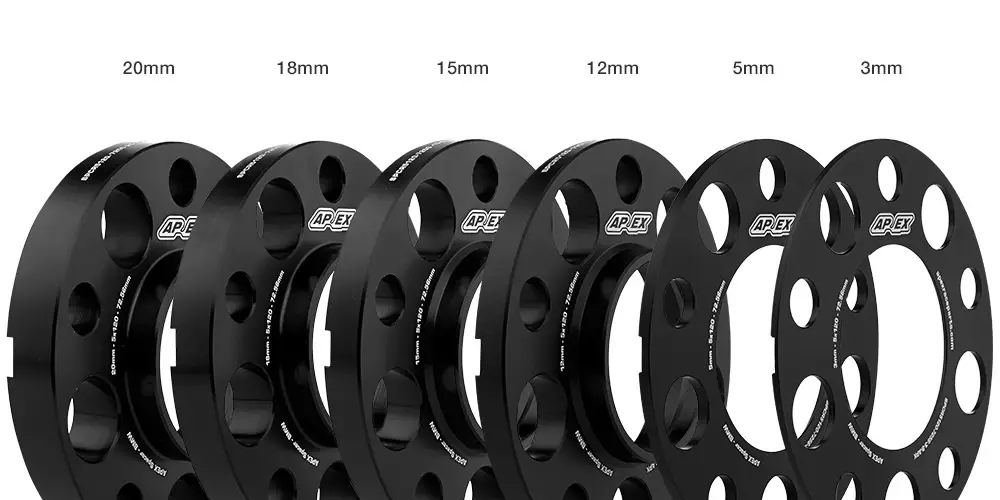
Choosing a Suitable PCD Converter
The process of choosing a suitable wheel PCD converter will require your consideration of several factors. One of the main factors is the PCD converter’s thickness. Wheel PCD converters come in different thickness. The thickness alters the wheel’s backspacing, which, in the case of thick PCD converters, pushes the wheel further away from the vehicle’s hub. Consider choosing a wheel PCD converter that results in alignment of the vehicle’s body with the outside of the fitted wheel. In further consideration of the converter’s thickness, it is beneficial to consider the popular use of spacers and their (sometimes) similar function to that of the wheel PCD converter. Converters with similar bolt patterns to the vehicle’s hub might double up as spacers. Deciding on your intentions beforehand will eliminate the confusion from your activity.
You should also make consideration of the wheel’s offset, which should correspond to specifications of the selected PCD converter. In addition to the converter’s thickness, it is advisable to choose the material able to withstand continued use and the vehicle’s weight. Hence, having the clear idea of your vehicle’s specifications will guide the choice of converter and desired wheels.
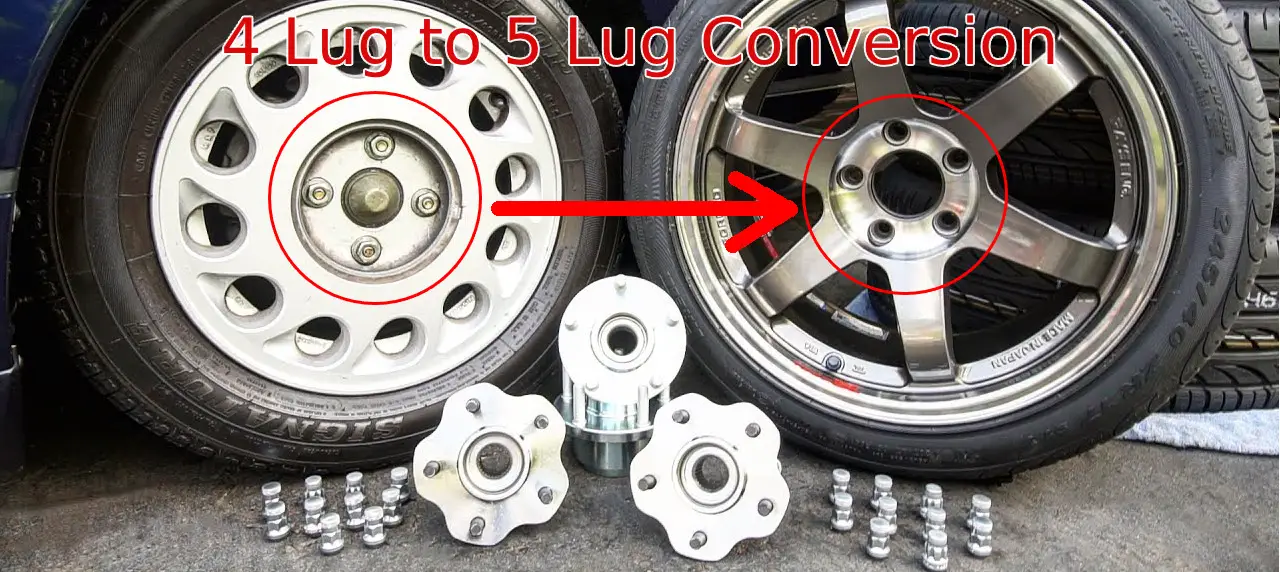
Risks of Using PCD Converter
The decision to use the wheel PCD converter presents given risks. One of the main risks is the potential protrusion of wheels beyond the vehicle’s body alignment. The PCD converter-wheel combination will determine how far the wheel will protrude in relation to the vehicle’s body. The main concern with this is alteration of the vehicle’ general appearance. Another risk associated with the use of wheel PCD converter is the possibility of the wheel touching the fender underside. One of the recommended approaches in dealing with the potential risks involves choosing a wheel-converter combination that results in lower backspacing and a higher offset. In selected scenarios, the decision to use the converter might conflict with the set legal standards for wheel-body alignment of the vehicle. Adherence to the set regulations will allow you ‘up-stepping’ the converter-wheel combinations without compromise on safety standards.
The choice to use a Wheel PCD converter depends on different reasons, which vary from one user to the next. However, the main idea behind the use of converters is that they can improve the appearance of your vehicle without a compromise on the performance. Though packed with several advantages, it is also advisable that one remains aware of the potential disadvantages that could arise from the decision to use the wheel PCD converter. Knowledge of the benefits and potential risks arising from the use of converters will help you make the decision to use, or abandon your quest for adoption of the wheel PCD converters. Specifications given for the vehicle, necessary PCD converter and the desired wheels should all come into play in the course of your decision-making process. Consider the potential length of service you stand to get following the installation of the wheel PCD converter and how it compares to the vehicle’s original state.
Wheel size and PCD charts
Wheel fitment guide for all car models by brand and year. Find rim sizes PCD bolt patterns and other details.
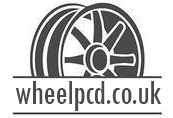
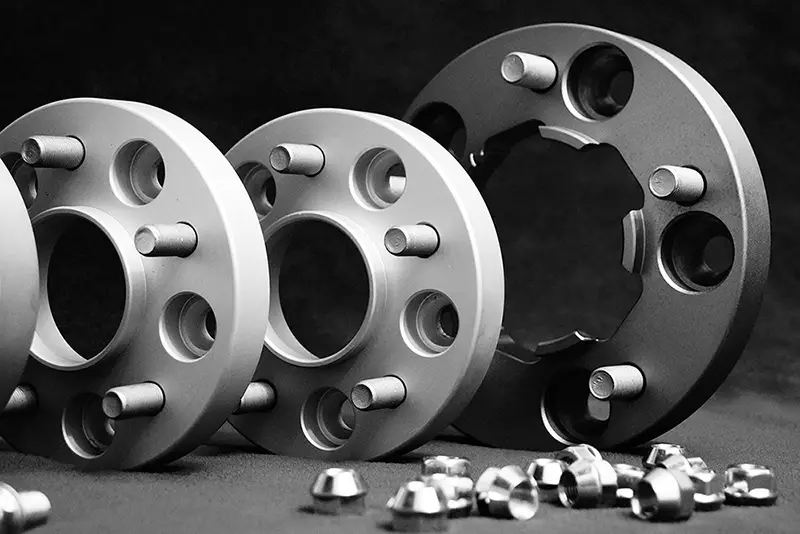
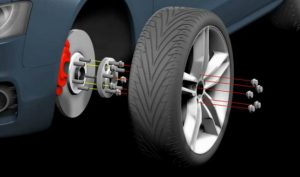
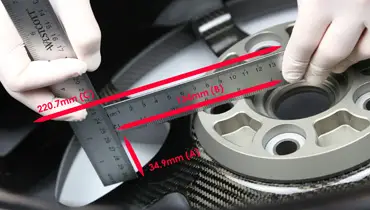
Hello
i am looking for a 4 to 5 hole converter
volvo v40 from 1999 vw265
currently:
pcd: 4×114.3
cb: 67.1
do you have this product?
thanks
Can I get adapter for cpd110 to go cpd120